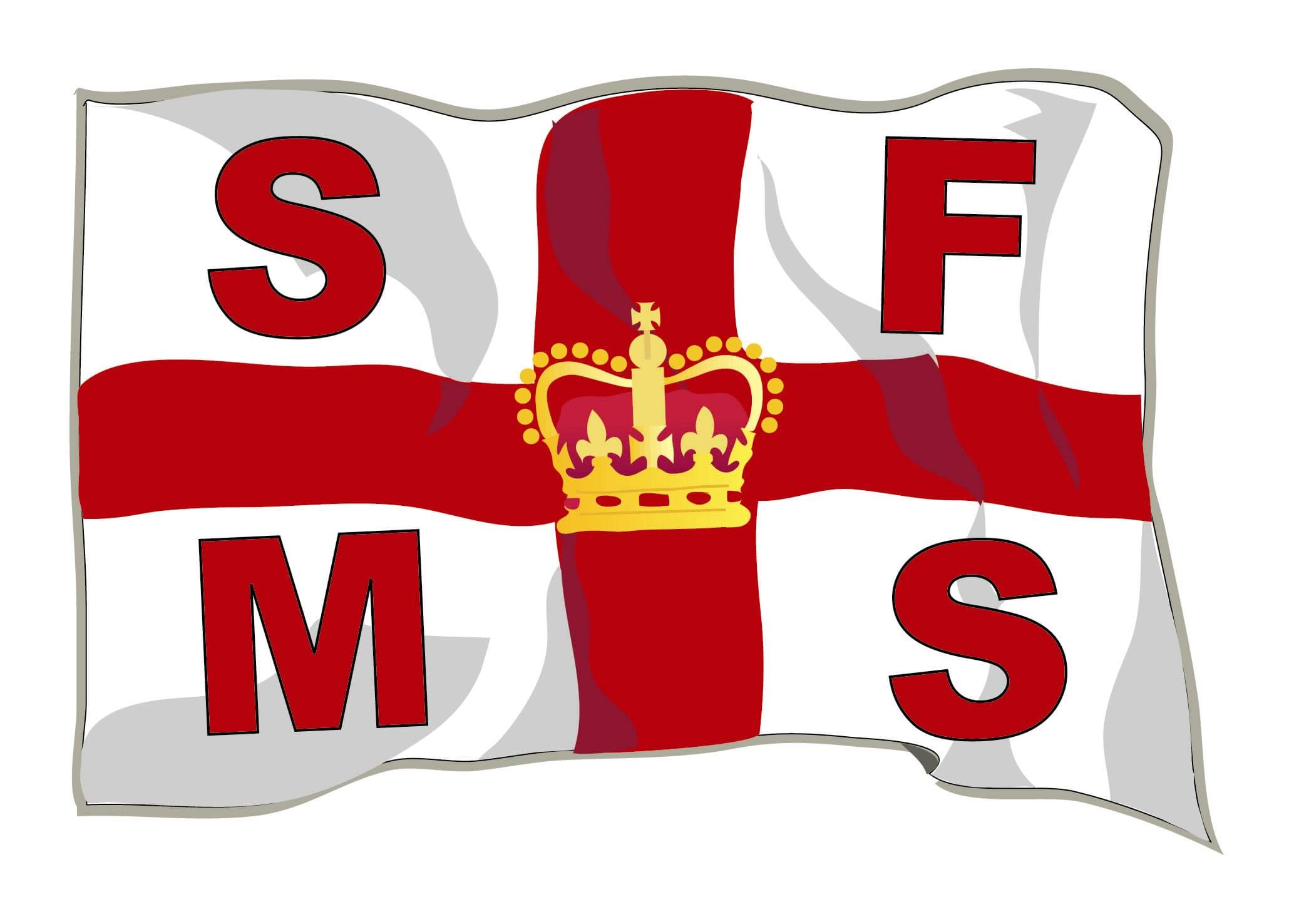Edward & Maisie Lewis Award 1982/83

The EDWARD AND MAISIE LEWIS award was presented to Lieutenant NA King and crew of Helicopter ‘Rescue 701’ of 819 Naval Air Squadron, Prestwick for the rescue of the crew of the fishing vessel Poseidon taking in water North of Skye on 9 November 1982.
At 0923 on 9 November 1,982, a request for assistance was received by HMS GANNET Air Operations (Prestwick) from the Rescue Co-Ordination Centre at Edinburgh. The Poseidon was in distress to the north of Skye and was reported to have suffered a mechanical breakdown and to be taking water.
Although another fishing vessel, the St Kilda, was in attendance, the tow passed was continually parting; moreover, although not in immediate danger, the vessel was in the proximity of a lee shore.
Due to the distance involved and appalling weather conditions, it was decided to recall and send a second crew as mutual SAR. Weather conditions at the time were gale force 9, wind 210 at 45 kts gusting to 56kts, visibility 5km in heavy rain with 6 octas of cloud at 500ft. Forecast conditions were west storm force 10, rain and hail, with a possibility of thunder and lightning and a warning of moderate to severe turbulence at low level.
By 2330 the duty crew, comprising Lt NA King, First pilot and aircraft Captain, Lt SJ Westwood, Observer, Sub-Lt AJ Read, Second pilot, Leading Aircrewman S Revell, plus PO R Gardiner, were changed and briefed. The decision was made to fly low level, remaining below the cloud base and accepting the turbulence, navigating by radar and visual means.
The aircraft c/s ‘Rescue 701’ took off from Prestwick at 2351. A second crew in ‘Rescue 707’ took off from Prestwick at 1010, following the same route as Rescue ‘701’. As they approached the scene, Stornoway Coastguard were contacted and initially directed ‘Rescue 701’to proceed to fu Sea Otter, sheltering tn Lub Score, to transfer a pump to Poseidon . ‘707’ was asked to locate Poseidon, although the datum position passed proved to be approximately Snms north-east of the distress vessel. With radar picture being severely degraded by weather clutter, and visibility reduced to a few hundred yards, this effectively put ‘Rescue 707’ out of the action. A radio message from the St Kilda indicated that conditions were getting worse and the tow was parting every few minutes. Shortly afterwards, the following message was received from St Kilda: ‘Poseidon is on the rocks and sinking men are in the water’. ‘Rescue TOf immediately closed Fladda Chuain to assist ‘7O7’ in locating Poseidon. St Kilda fired 4 red flares, positively identifying 2 faint lights, approximately 2 nautical miles north of Rescue 701-, as the St Kilda and Poseidon. The aircraft closed the scene. ‘7O1′ approached Fladda Chuain into wind from the north and let down approximately half a mile from the coastline. At ranges less than half a mile, all land was lost on the radar due to clutter. The aircraft was being constantly buffeted by wind, rain and spray and would not turn out of wind. ’70L’ moved sideways and backwards, conned by the Second Pilot from the left hand seat. This manoeurve was carried out with extreme caution, as visibility within the limit of the aircraft lights had been reduced to between 25 and 50 yards by the dense spray and driving rain. In this fashion , ‘7O1′ crabbed towards the Poseidon. As ’70L’ approached, the aircrewman, in the door, became visual and took over the con. Almost immediately, a survivor was spotted, standing up to his waist in rough water, with waves breaking over him. The observer was lowered, in a double lift harness, on to the rocks and into the sea. The aircrewman provided an exceptionally good con, considering the difficulty the Pilot had in hovering, with crashing waves breaking over the rocks changing all the visual references and cues. The first survivor was winched into the aircraft with some difficulty. The observer, by now soaking wet, was lowered back down into the water to collect the second survivor. This man turned out to be a non-swimmer, clinging spreadeagled to a partially submerged rock, with waves breaking over him. With great difficulty the observer put the man into a double lift harness, all the time in constant danger of being swept clear by the rough seas. This survivor was winched into the aircraft, stripped and put into a sleeping bag. The aircraft was now conned by the Second Pilot towards the third survivor, who was standing on a rock, with waves breaking against him. The Aircrewman took over the con and the Observer carried out a winch transfer, collecting the survivor, again using the double lift harness. One crew member still remained to be found and for the next 10 minutes ‘701-‘ moved sideways across the rocks in either direction in an effort to locate him. Meanwhile, concern was mounting over the deteriorating condition of the rescued crew members, who were suffering from intense cold and shock. However, the agonizing decision to break off the search to take the survivors to medical care never had to be taken, as the fourth crewman suddenly walked into view on the shore line. The Observer was lowered and the survivor winched up. ‘Rescue 701’ then joined ‘707’ and both aircraft proceeded to Stornoway. Whilst in the aircraft all the survivors were kept as warm as possible, using blankets and sleeping bags; the condition of the non-swimmer was the most critical and upon landing at Stornoway, it became clear that he would not have lasted much longer. After refuelling and inspection,’707′ and ‘701’ returned to Prestwick, having been nearly 7 hours on task.


